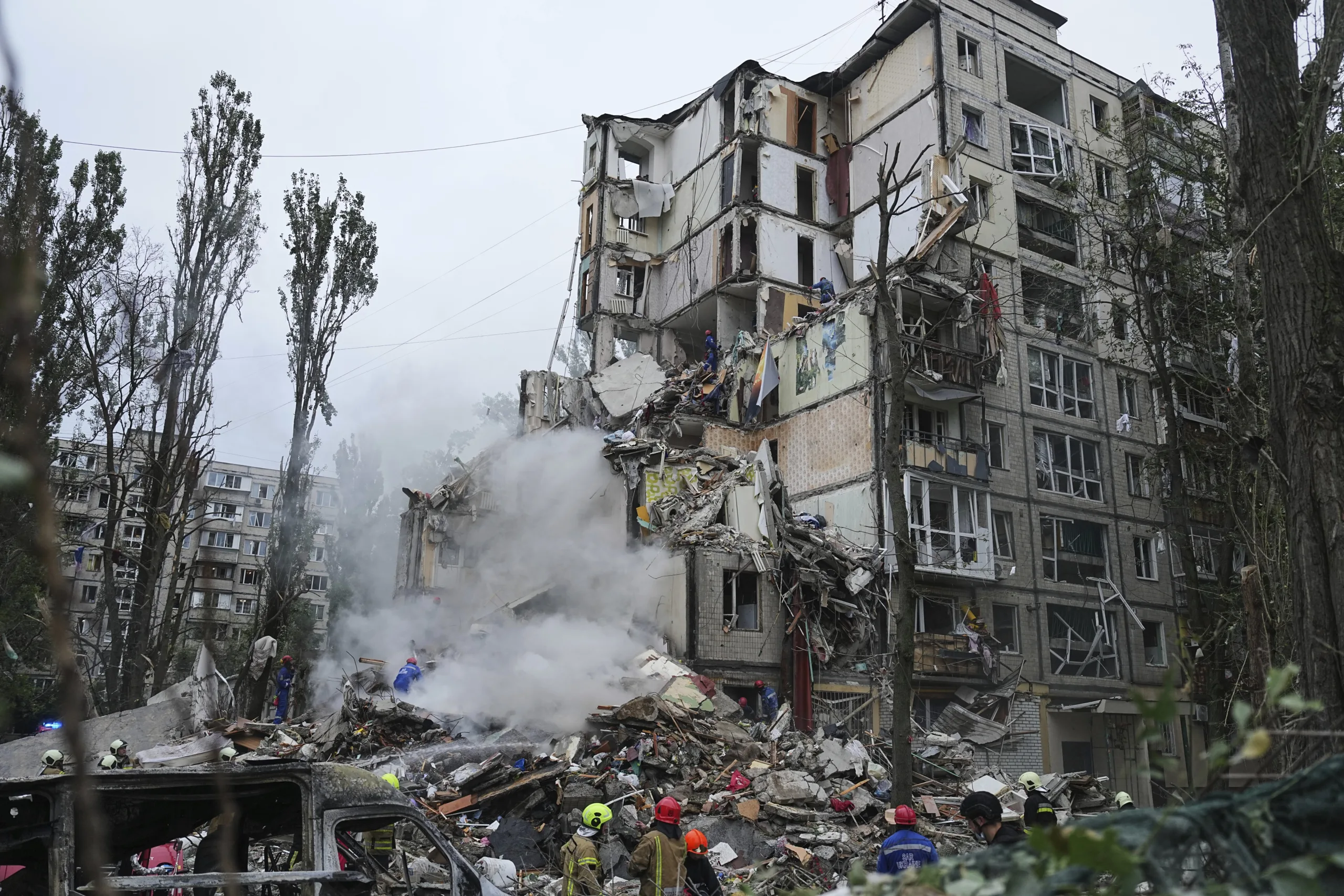The UN Human Rights Monitoring Mission update records at least 1,674 civilian casualties in July 2025, including 286 deaths and 1,388 injuries, which is the highest monthly figure since May 2022 and 22.5% more than in July 2024. The vast majority of cases were recorded in government-controlled territory, with incidents occurring in at least 18 regions and in Kyiv.
ukraine-protection-of-civilians-in-armed-conflict-july-2025_engRead also: Gender aspects in rebuilding society after the war in Ukraine
July jump and comparison with previous months
The increase in the number of casualties between June and July was primarily due to the intensive use of aerial bombs. In one month, these weapons caused at least 276 casualties, compared to 114 in June. At the same time, strikes with long-range missiles and loitering munitions decreased by about a fifth compared to June, but remained the main threat in large cities and accounted for almost two-fifths of all civilian casualties. Short-range drones were the second leading cause, accounting for nearly a quarter of all casualties.
Read also: Academic Year 2025 in Ukraine — Distance Learning, New Standards and Changes for Schools
Geography of damage and nature of risks
Most of the 98% of recorded casualties occurred in areas controlled by the Ukrainian government, highlighting the targeting of settlements near the front line and deep inside the country. The shock waves have affected the capital and regional centres, as well as smaller communities along the line of contact. A combination of air strikes and drone attacks increases the risks to civilian infrastructure, transport, medical facilities, and densely populated areas. For communities, this means a long-term impact on access to services and the need for regular relocations within the regions.
Read also: “Feeling unsafe” — the state of security in Ukraine according to the results of a June 2025 survey
Notable events in July
July was marked by a series of strikes with numerous casualties. At the beginning of the month, two missiles hit a settlement in the Dnipropetrovsk region, causing double-digit casualties. Kyiv suffered large-scale combined attacks on 4 and 31 July; the latter strike was the deadliest for the city since the start of the full-scale invasion, with dozens of deaths, including children, and over a hundred wounded, with some families losing several members at once. There were also strikes on medical facilities, incidents involving passenger transport, and an attack on a correctional colony in the Zaporizhzhia region, resulting in numerous deaths and injuries among prisoners. In the Kharkiv region, shelling of a civilian queue for water led to numerous casualties, once again highlighting the danger to basic services in frontline communities.
Read also: Funding for humanitarian aid in Ukraine covered only a third of needs
Implications for the humanitarian response
The increase in casualties in cities and frontline areas means further pressure on emergency medical services, evacuation and relocation measures, and the provision of water, energy, and hygiene supplies. For planning in the coming months, it is crucial that communities are prepared for repeated combined attacks and for the rapid restoration of critical infrastructure, including shelters, hospitals, and life support facilities. The July data helps humanitarian and government actors to identify local priorities, from strengthening the protection of civilians to adapting aid logistics in the face of growing risks.
Read also: Life, adaptation and plans to return. How Ukrainians live abroad



